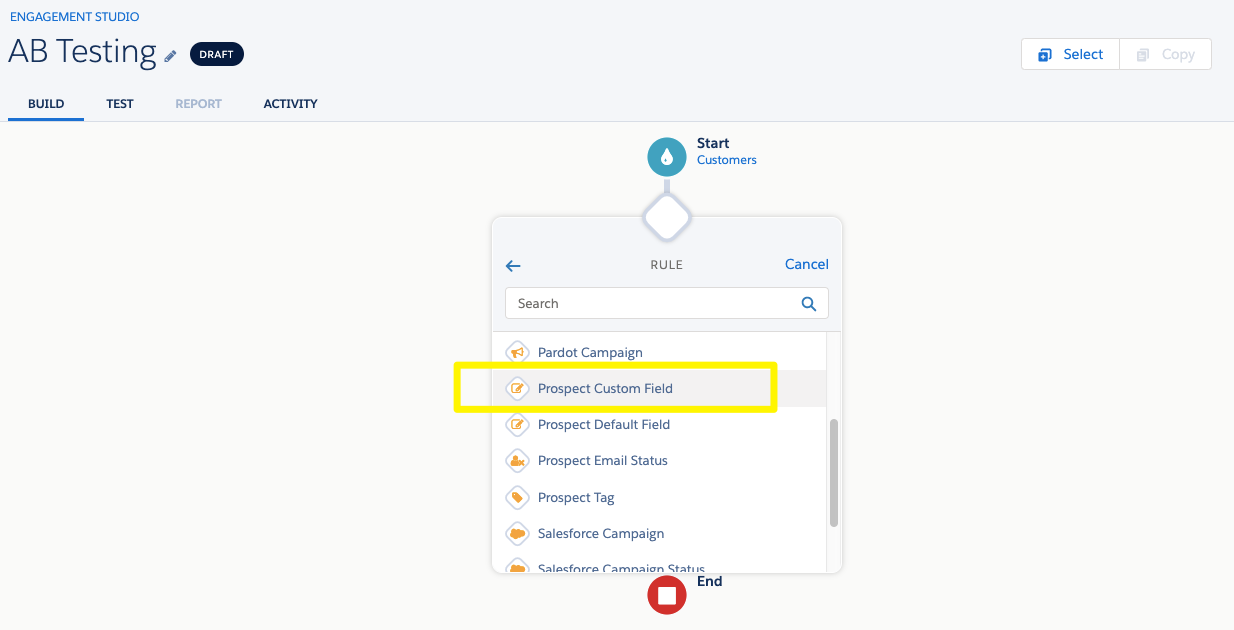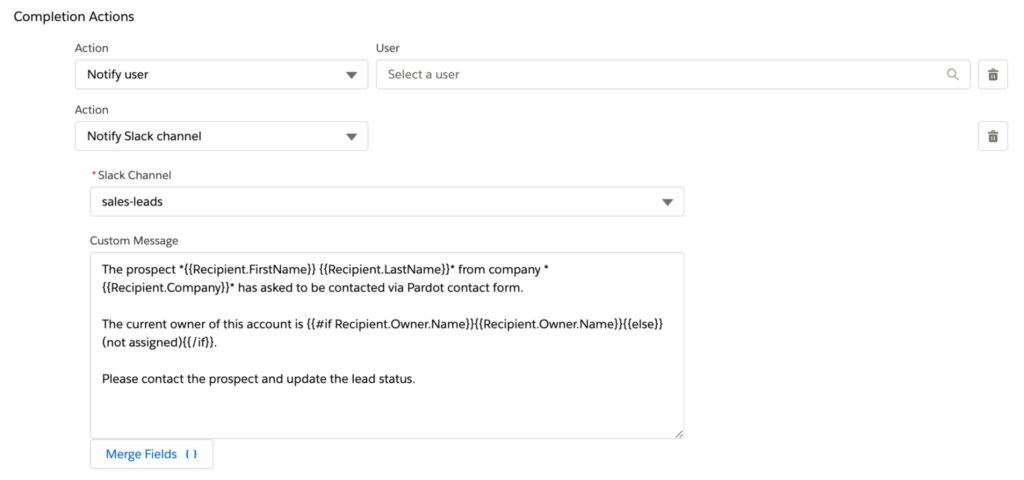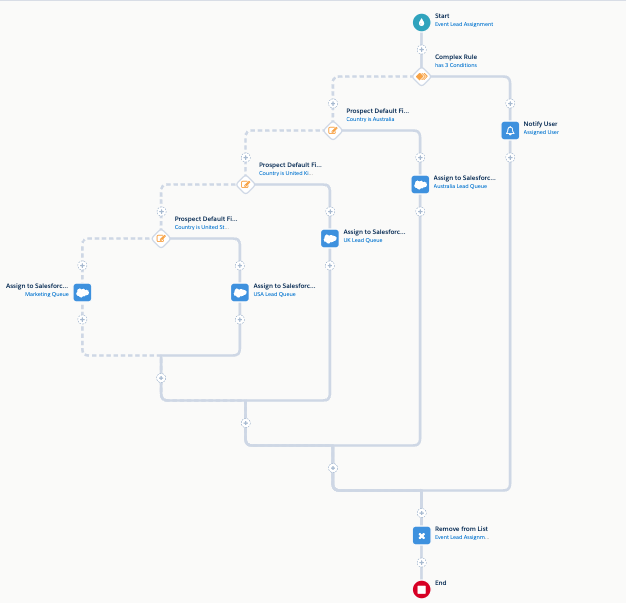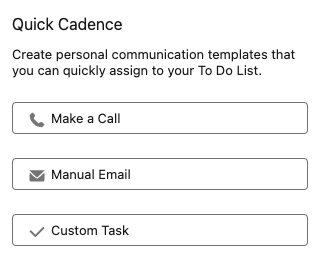Let’s face it: Marketing Cloud Account Engagement (Pardot) is an advanced-level marketing automation platform. It comes with a powerful API, seamless integration with the Salesforce core platform, and allows you to build complex automations that bridge sales, marketing, and service. It is jam-packed with advanced features that make these happen. Unfortunately, many of these features are easily ignored or forgotten in the daily grind.
It’s good to refresh your skill set every once in a while – especially if you’ve worked with Account Engagement for a while! In this post, I’ve compiled a list of features that are often overlooked or forgotten, but provide significant value if used correctly.
To help with this endeavor, I enlisted the help of the Pardashians Slack Community. I’d like to thank the active community members for their contribution.
1. A/B Testing in Engagement Studio
Since you invest a lot of time and effort designing Engagement Studio programs, it makes sense to build in A/B tests to see which paths work the best for each program. But one important caveat: there is no ‘A/B testing’ button in Engagement Studio. Instead, you bake it into the individual Engagement Programs’ workflows.
There are a few ways to achieve this. By far, the easiest way is to assign all prospects with an A/B variable via a formula field or Salesforce Flow. Then, you can use Engagement Studio’s rule step to split your prospects on the A and B paths.


2. Chatter Collaboration on Email Content and Campaigns
With everything Slack-related being on the forefront of the Salesforce collaboration conversation, Chatter has been left out of the spotlight. But why should marketers care about Chatter?
It essentially makes gathering feedback and insights, and getting stakeholders involved much easier. You can post questions and polls directly next to your email content and campaign records, for instance. And vice versa, salespeople can click “Follow” on campaigns of interest.
Chatter also allows you to share files and links that are relevant to your marketing activities. Using the Chatter in this way may seem like a small and insignificant activity, but it can potentially break down silos and improve transparency.


3. Conditional Completion Actions
Conditional completion actions had been a frequently requested feature on IdeaExchange for almost 9 years before being finally released in 2022. Still, being a relatively new feature, many Account Engagement users are unaware of this powerful feature.
Previously, you had to use custom Javascript code or a complex workaround to target completion actions based on prospect data. Now, as long as the visitor has been cookied (i.e. can be matched to an identified prospect), you can set up conditions to fire completion actions. It’s an easy way to route contact requests, assign subsets of prospects to separate segmentation lists, or notify sales on high-priority prospect activities only.
4. Dynamic Lists on the Email Preference Center
Email preferences are not only about opt outs and opt ins. Customer-centric email preference management allows people to choose themselves what kind of communication they’d be willing to receive. Luckily, Account Engagement has an out-of-the-box solution for this.
You can use it to automatically subscribe people to public lists based on their demographics, behavior, and interests. With dynamic public lists, prospects can still unsubscribe or opt down normally – no additional configuration needed. The only thing an Account Engagement (Pardot) admin needs to do is to establish the list criteria for the public lists.
To me, the biggest advantage of this feature is that as your business grows and your communication themes change, you don’t have to start from scratch. Instead, you can build criteria-based audiences for your new communications.
5. Account Engagement Buttons on Salesforce Page Layouts
Did you know that you can add contacts or leads to a segmentation list without ever stepping into the Account Engagement app? There are a couple of custom buttons that do the job: “Add to Pardot list” and “Add to Engagement Studio lists”. The former adds the Lead/Contact to any Segmentation List that has been marked “CRM Visible” in Account Engagement. The latter shows only lists associated with Engagement Programs, and will add the Prospect to the Program at the same time as adding it to the list.
Both are assigned to the Page Layout via Salesforce Setup, under Object Manager for Leads and Contacts separately. If you prefer a component to a button, you may add a legacy Visualforce component or use free add-ons to manage list memberships from the Salesforce Core Platform.
There is also a button to create a matching Prospect for a Lead or Contact (“Send to Pardot”) and one for sending a tracked email to a Contact or Lead (“Send Pardot Email”). The former is useful for troubleshooting and testing the Salesforce Connector, whereas the latter can be used by salespeople to send prebuilt marketing material or follow up emails to selected customers.
6. Page Actions with * Wildcards
Page actions are one of my personal favorite features of Account Engagement (Pardot). It allows you to automatically segment or target a prospect based on their actions on your website. Essentially, it tracks a prospects journey on your site via the Account Engagement tracking code and a cookie placed on their browser. Needless to say, cookieless visitors are exempt from page actions.
What many do not realize is that page actions allow the use of the * wildcard, meaning that you can base automations on entire website sections, such as https://www.companyA.com/pricing/*. Wouldn’t it be cool to notify the account owner whenever someone from a priority account visits the pricing page? With page actions and wildcards you can!
7. Resubscribe Link
Just because a prospect hits “Unsubscribe”, doesn’t mean they may never want to receive your marketing messages ever again. In case a previously opted-out prospect fills out an Account Engagement (Pardot) form on your website, they will receive a confirmation email with a resubscribe link.
Clicking that link sets that Prospect’s “Email Opt Out” field back to “False”. To start using this feature, you need to create an email template and enable “Prospect Resubscribe” in Account Engagement Settings.
8. Slack Notifications on Forms
I love Slack (I mean, who doesn’t?), and now, as part of the Salesforce ecosystem, Slack has become an even more powerful tool for boosting productivity.
One of my favorite ways of using the Slack to Salesforce integration is the “Notify Slack channel” completion action on Account Engagement (Pardot) forms. It enables you to use Slack for lead assignment and sales collaboration, and I find it to be even more effective than using Salesforce lead queues or a flow-based solution. With a creative use of merge fields, you can provide useful insights to whomever may be reading the notification.


9. Sync with Contacts Only or Person Accounts
Maybe the most difficult part of implementing Account Engagement (Pardot) is the Prospect data model and how it relates to accounts, contacts, and leads.
By default, Account Engagement creates a new lead for each newly assigned prospect (that isn’t already synced with Salesforce). Some Salesforce users use only contacts or person accounts and eschew leads altogether. Luckily, Account Engagement has a built-in setting to accommodate this.
With this setting enabled, Account Engagement will no longer create a lead from a newly assigned Prospect, but a contact or person account instead (depending on your Salesforce data model).
Word of caution: Enabling this setting is irreversible! Always work with a qualified Account Engagement (Pardot) Consultant or Administrator when exploring this option.
10. Third-Party Site Search Integration
This feature is a largely unknown but potentially immensely powerful data enrichment tool. With the site search integration, you can build dynamic lists and fire automations based on search terms that people use on your website.
For instance, you can use an automation rule to notify an account owner whenever their customer’s employee types “pricing” on the site search bar. And good news is that it is relatively straightforward to set up – odds are, you won’t even need to involve a developer. See the documentation here.
Summary
The Account Engagement (Pardot) platform is packed with underutilized features that can significantly enhance your marketing automation efforts. From A/B Testing in Engagement Studio to third-party site search integration, these advanced functionalities provide immense opportunities for data-driven marketing, refined customer engagement, and seamless collaboration across teams.
Finally, another big thank you to the Pardashians Slack Community for contributing to this article.
This Pardot article written by:
Salesforce Ben | The Drip
Lucy Mazalon is the Head Editor & Operations Director at Salesforceben.com, Founder of THE DRIP and Salesforce Marketing Champion 2020.
Original Pardot Article: https://www.salesforceben.com/the-drip/underutilized-pardot-tools-and-how-to-use-them/
Find more great Pardot articles at www.salesforceben.com/the-drip/
Pardot Experts Blog
We have categorized all the different Pardot articles by topics.
Pardot Topic Categories
- Account Based Marketing (ABM) (7)
- Business Units (14)
- ChatGPT / AI (3)
- Completion Actions (5)
- Connectors (10)
- Custom Redirects (4)
- Data Cloud (1)
- Demand Generation (8)
- Dynamic Content (6)
- Einstein Features (12)
- Email Delivery (17)
- Email Open Rates (3)
- Pardot A/B Testing (2)
- Email Mailability (16)
- Do Not Email (1)
- Double Opt-in (2)
- Opt Out / Unsubscribe (14)
- Email Preferences Page (6)
- Engagement Studio (16)
- Industries (1)
- Non Profit (1)
- Landing Pages (9)
- Lead Generation (1)
- Lead Management (13)
- Lead Routing (3)
- Lead Scoring (16)
- Leads (3)
- Marketing Analytics – B2BMA (9)
- Marketing Automation (1)
- Marketing Cloud (3)
- Marketing Cloud Account Engagement (4)
- Marketing Cloud Growth (1)
- New Pardot Features (6)
- Opportunities (2)
- Optimization (2)
- Pardot Admin (62)
- Duplicates (1)
- Marketing Ops (1)
- Pardot Alerts (1)
- Pardot API (2)
- Pardot Automations (3)
- Pardot Careers (12)
- Pardot Certifications (4)
- Pardot Consulting (1)
- Pardot Cookies (3)
- Pardot Custom Objects (3)
- Pardot Email Builder (8)
- Pardot Email Templates (9)
- HML (6)
- Pardot Events (16)
- Pardot External Actions (1)
- Pardot External Activities (4)
- Pardot Forms (29)
- Form Handlers (8)
- Pardot Integrations (20)
- Data Cloud (1)
- Slack (1)
- Pardot Lead Grading (5)
- Pardot Lead Source (2)
- Pardot Lightning (1)
- Pardot Migration (1)
- Pardot Nurture / Drip Campaigns (1)
- Pardot Personalization (3)
- Pardot Profiles (1)
- Pardot Releases (18)
- Pardot Sandboxes (2)
- Pardot Segmentation (5)
- Pardot Strategy (7)
- Pardot Sync (2)
- Pardot Sync Errors (1)
- Pardot Tracker Domains (5)
- Pardot Training (3)
- Pardot Vs Other MAPs (4)
- Pardot Website Tracking (2)
- Reporting (21)
- Salesforce and Pardot (31)
- Marketing Data Sharing (2)
- Pardot Users (3)
- Salesforce Automation (4)
- Salesforce Flows (1)
- Salesforce Campaigns (20)
- Salesforce CRM (3)
- Record Types (1)
- Salesforce Engage (3)
- Salesforce Queues (2)
- Security and Privacy (1)
- Tags (3)
- The Authors (497)
- Cheshire Impact (9)
- Greenkey Digital (50)
- Invado Solutions (37)
- Jenna Molby (9)
- Marcloud Consulting (6)
- Nebula Consulting (58)
- Pardot Geeks (42)
- Salesforce Ben | The Drip (235)
- SalesLabX (2)
- Slalom (4)
- Unfettered Marketing (45)
- Uncategorized (1)
- Website Tracking (2)
- Website Search (1)
More Pardot Articles
See all posts
This Pardot article written by:
Salesforce Ben | The Drip
Lucy Mazalon is the Head Editor & Operations Director at Salesforceben.com, Founder of THE DRIP and Salesforce Marketing Champion 2020.
Original Pardot Article: https://www.salesforceben.com/the-drip/underutilized-pardot-tools-and-how-to-use-them/
Find more great Pardot articles at www.salesforceben.com/the-drip/




